Maple syrup transforms ordinary breakfasts into sweet, sticky celebrations, but not all bottles deserve a spot on your table. The golden difference between authentic maple goodness and sugary imposters often hides in plain sight on ingredient labels. Understanding which brands deliver rich forest flavor and which offer corn syrup in disguise will save your pancakes and your taste buds from disappointment.
1. Crown Maple Syrup
Harvested from the rolling hills of New York’s Hudson Valley, Crown Maple’s Madagascar Vanilla infusion represents luxury in liquid form. The marriage of premium organic maple sap with authentic vanilla creates a velvety texture that coats your palate with subtle floral notes and warm vanilla undertones without overwhelming the maple’s natural character.
The Madava Farms estate where this syrup originates uses state-of-the-art reverse osmosis technology, concentrating the sap before boiling to preserve delicate flavor compounds. Their elegant glass bottles with wax-sealed tops make this syrup as giftable as it is delicious.
Fans have dubbed it the “best syrup ever” for good reason – try it drizzled over fresh berries or incorporated into baked goods where its nuanced flavor can truly shine. The subtle vanilla infusion adds complexity without artificial aftertaste.
2. Runamok Sugarmaker’s Cut
Vermont’s forests yield magic in Runamok’s certified organic syrup, capturing the essence of ancient sugar maples in every amber drop. Family-owned and meticulously crafted, this syrup delivers complex woody notes balanced with a mellow sweetness that makes store-bought varieties pale in comparison.
What sets Sugarmaker’s Cut apart is their commitment to small-batch production, allowing for precise temperature control that preserves delicate flavor compounds often lost in mass production. Their sustainable harvesting practices ensure the trees remain healthy for generations.
Beyond pancakes, this versatile syrup elevates cocktails, glazes for roasted vegetables, and even ice cream. The glass bottle design prevents flavor contamination that can occur with plastic containers, preserving its award-winning taste profile from forest to table.
3. Butternut Mountain Farm
Four generations of maple expertise flow through every bottle from this family-run Vermont operation. Butternut Mountain Farm’s syrup carries the authentic taste of New England forests – a perfect balance of caramel sweetness with subtle mineral notes that speak to the region’s unique terroir.
Unlike mass-produced syrups that blend various sources, Butternut maintains transparency about their harvesting practices and works directly with local farmers to ensure consistent quality. Their sustainable approach includes forest management practices that keep maple stands healthy for future generations.
The amber-grade syrup offers versatility that shines beyond breakfast – try it in marinades, salad dressings, or even whipped into butter. Many professional chefs choose this brand for its reliable flavor profile and clean finish that complements rather than overpowers other ingredients.
4. Escuminac Extra Rare
Sourced exclusively from a pristine forest in Quebec’s Gaspé Peninsula, Escuminac Extra Rare delivers a terroir-driven flavor experience unlike any other syrup on the market. The microclimate of this single forest imparts distinctive floral and botanical notes reminiscent of wildflower honey with hints of cinnamon and toasted butter.
Harvested during the first days of spring when the sap runs clearest, this Grade A syrup undergoes minimal processing to preserve its natural complexity. The striking minimalist bottle design reflects the product’s pure origins and has earned design awards alongside its culinary accolades.
The higher price point reflects both limited production and exceptional quality – a true special occasion syrup. Pour it over fresh snow for traditional maple taffy or use sparingly on artisanal cheese for an unforgettable flavor pairing that showcases why Canadian maple syrup has earned worldwide recognition.
5. 365 by Whole Foods
Breaking the myth that quality maple syrup must break the bank, 365’s organic offering delivers authentic flavor at a surprisingly accessible price point. This Grade A Amber syrup strikes the perfect balance between rich maple character and everyday affordability that makes real maple syrup a practical pantry staple.
Sourced primarily from family farms in Vermont and Quebec, this syrup undergoes rigorous quality testing to ensure consistency across batches. The straightforward packaging might lack the artisanal charm of boutique brands, but the amber liquid inside holds its own against pricier competitors.
Perfect for families who go through syrup quickly, this brand offers the health benefits of pure maple without artificial ingredients or corn syrup fillers. The convenient squeeze bottle option prevents kitchen messes while still delivering the genuine maple experience that makes weekend pancakes special without compromising on quality or environmental standards.
1. Pearl Milling Company
Formerly marketed under a different name, Pearl Milling Company’s syrup exemplifies everything wrong with mainstream breakfast syrups. Examining the ingredient list reveals the uncomfortable truth – high-fructose corn syrup dominates while real maple extract makes up a measly 2% of the formula, barely enough to justify the maple imagery on the bottle.
The thick, artificially viscous texture comes from various gums and stabilizers rather than natural reduction. Caramel color creates a maple-like appearance while artificial flavors attempt to mimic the complexity of real maple – an unconvincing forgery to anyone familiar with the genuine article.
Regular consumption means steady exposure to processed sweeteners linked to various health concerns. For roughly the same price as this 24oz bottle of mostly corn syrup, you could purchase a smaller quantity of real maple syrup that delivers authentic flavor and nutritional benefits without the chemical additives.
2. Mrs. Butterworth’s
The iconic bottle shape might evoke nostalgic feelings, but Mrs. Butterworth’s contents bear almost no relation to actual maple syrup. The ingredient list reads like a chemistry experiment: high-fructose corn syrup, water, cellulose gum, caramel color, salt, sodium benzoate, sorbic acid, artificial and natural flavors.
The syrupy consistency comes from thickening agents rather than natural reduction, creating an unnaturally slow pour that lingers on pancakes without properly absorbing. That characteristic “maple” flavor actually comes from artificial compounds designed to mimic real maple – compounds that leave a chemical aftertaste many adults notice once they’ve experienced genuine maple syrup.
Children might be attracted to the bottle character, but their developing palates deserve introduction to real food flavors rather than lab-created approximations. The price may seem attractive, but considering you’re purchasing colored corn syrup with artificial additives, it represents poor nutritional value.
3. Log Cabin
Log Cabin’s packaging proudly announces “No High Fructose Corn Syrup” – a clever bit of misdirection that distracts from the fact that regular corn syrup remains the primary ingredient. The rustic cabin imagery and woodland scenes create an association with authentic maple that the product itself fails to deliver.
A closer examination reveals artificial colors, flavors, and preservatives alongside that corn syrup base. The “Original” formula contains no actual maple syrup whatsoever, while even their “All Natural” version contains minimal real maple and relies heavily on brown rice syrup and sugar.
The thick, artificially consistent texture doesn’t behave like real maple syrup when heated, often becoming uncomfortably sticky rather than smoothly integrating with pancake batter. For slightly more investment, consumers could enjoy pure maple products with genuine flavor complexity and nutritional benefits instead of this woodland-themed corn syrup masquerade.
4. Market Pantry
Target’s house brand syrup represents everything problematic about store-brand breakfast syrups. The ingredient list starts with corn syrup and high-fructose corn syrup before launching into preservatives, artificial colors, and flavors – with zero actual maple content despite maple imagery on packaging.
The artificially dark color comes from caramel coloring, a cosmetic addition that creates visual maple associations without delivering flavor benefits. This syrup’s unnaturally thick consistency results from added cellulose gum and other stabilizers rather than natural reduction processes that create genuine maple’s texture.
While the bargain price point might seem attractive to budget-conscious shoppers, consider that you’re essentially purchasing flavored corn syrup with artificial ingredients. Even using a smaller amount of real maple syrup would provide better flavor and nutritional value than drowning pancakes in this imitation product that fails to capture even a hint of maple’s complex character.
5. Hungry Jack
Hungry Jack markets convenience above all else with their microwave-safe plastic bottle – unfortunately, quality ingredients didn’t make it into their formula. The ingredient list reveals corn syrup followed by high-fructose corn syrup as primary components, with artificial flavors attempting to create a maple-like impression without including actual maple.
The microwave heating gimmick addresses a problem real maple syrup doesn’t have – genuine maple flows beautifully at room temperature without becoming excessively thick when refrigerated. The plastic container, while convenient, can potentially leach chemicals when repeatedly heated, adding another layer of concern beyond the questionable ingredients.
The artificially created “butter” flavor notes come from lab-created compounds rather than natural ingredients. For the health-conscious consumer, this product represents everything nutritionists warn against – highly processed sweeteners, artificial additives, and zero nutritional value beyond empty calories packaged in potentially problematic plastic.
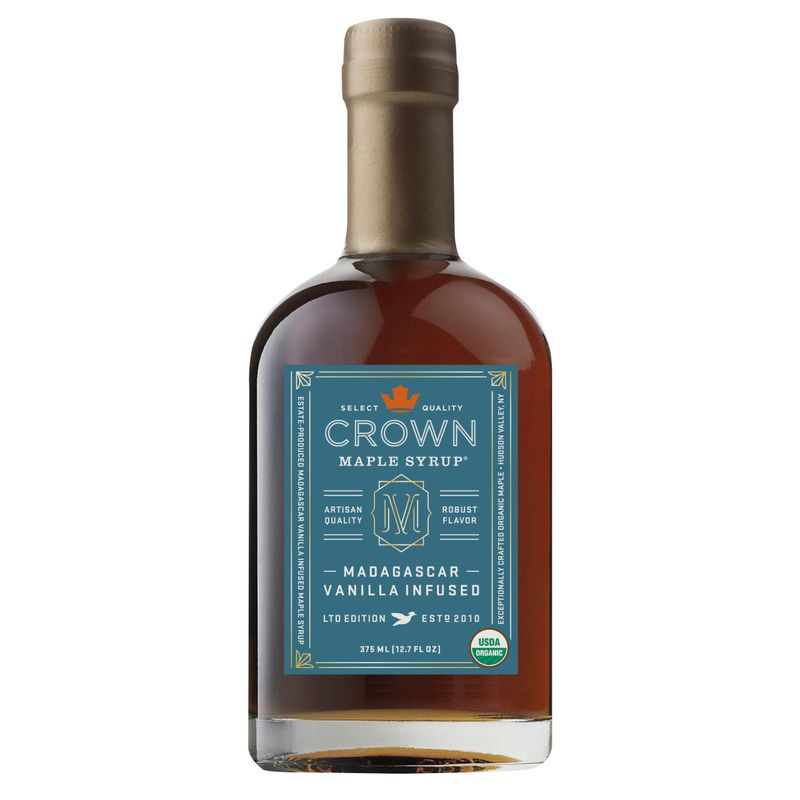
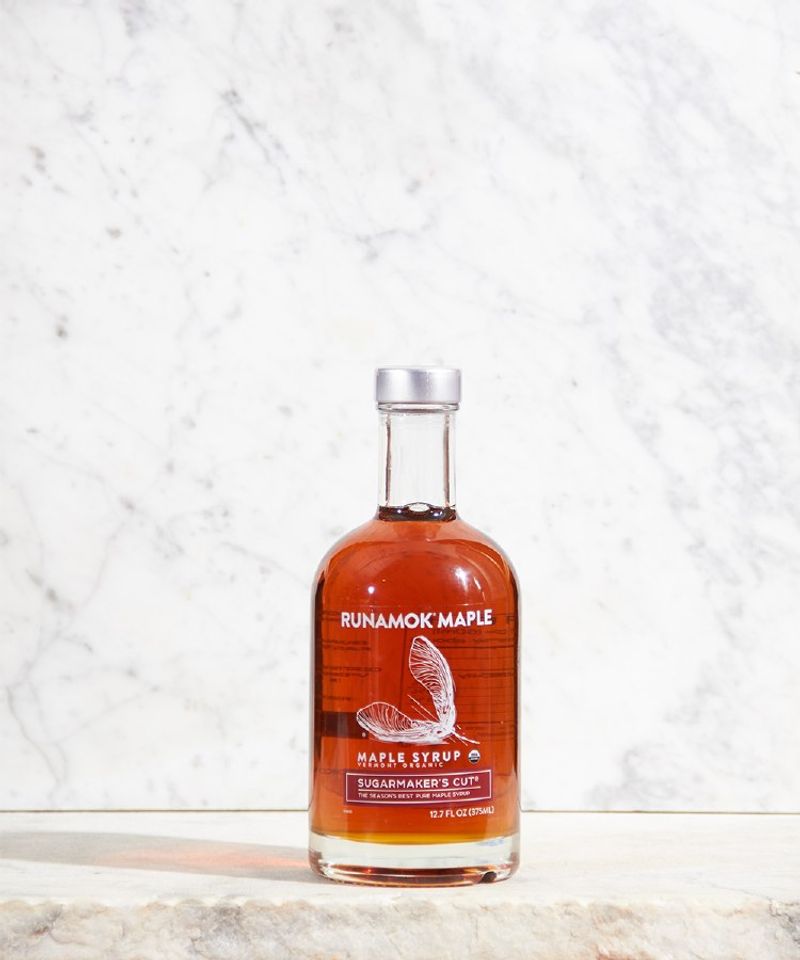
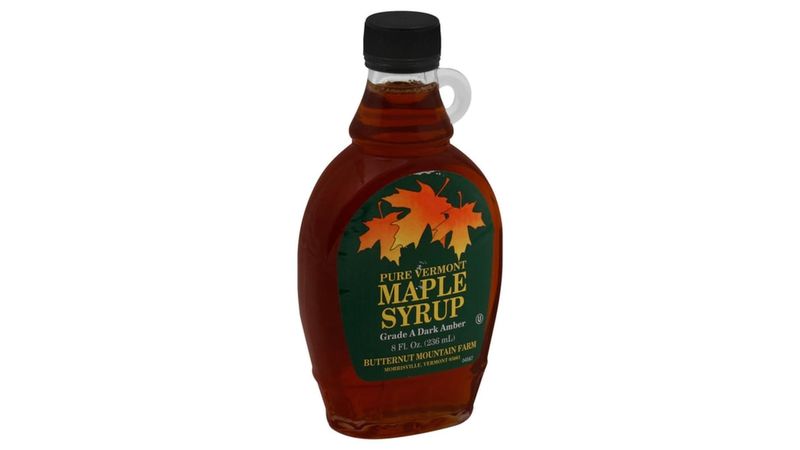
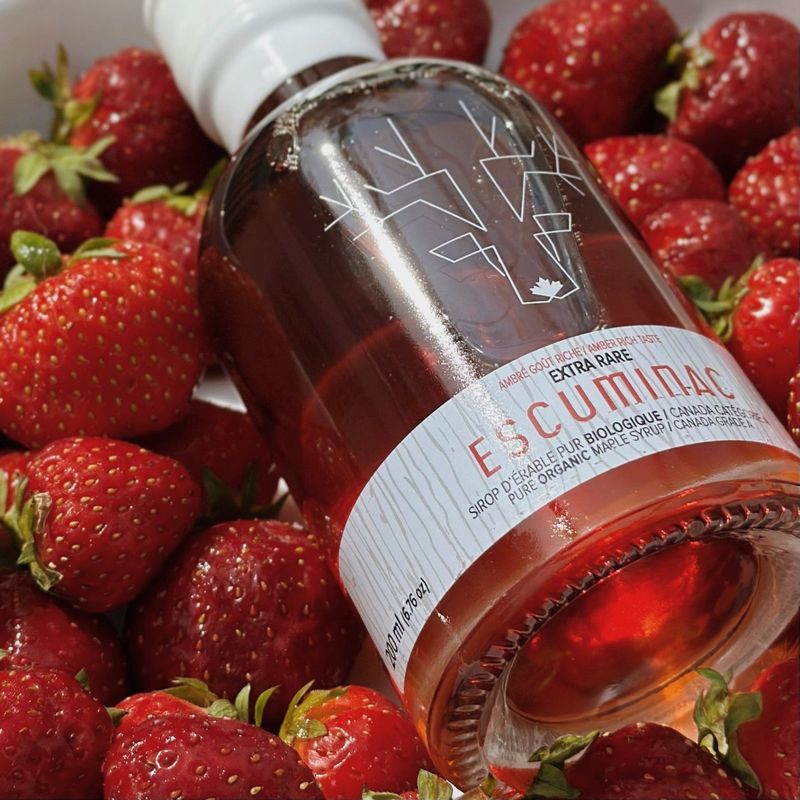
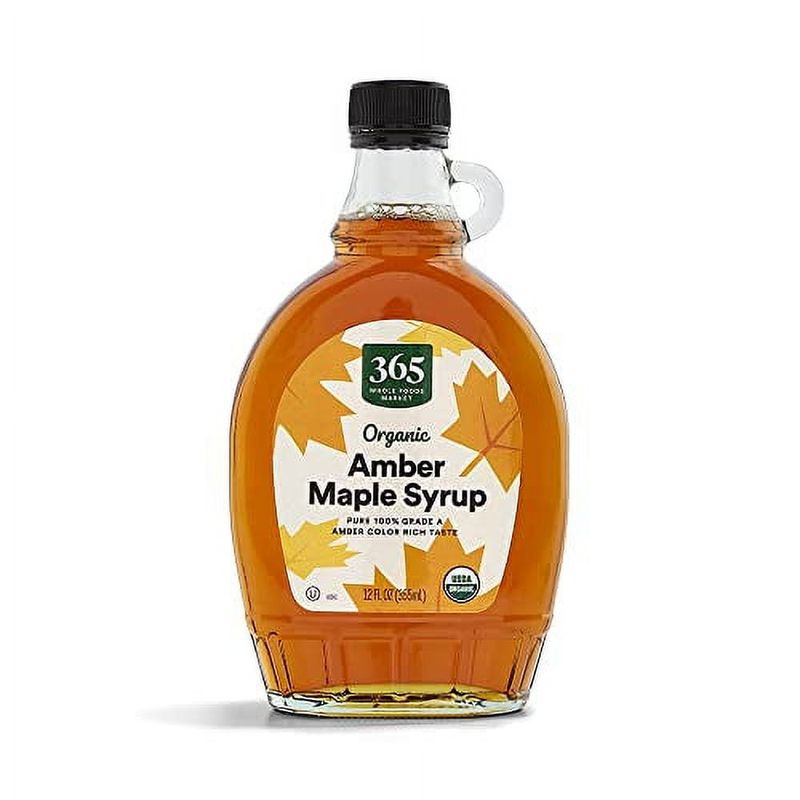
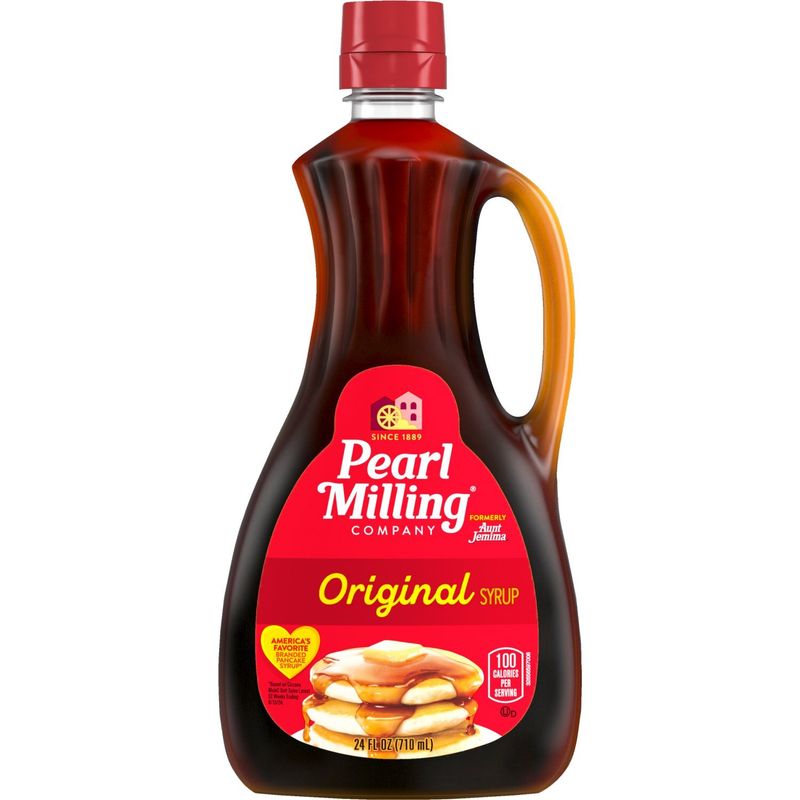
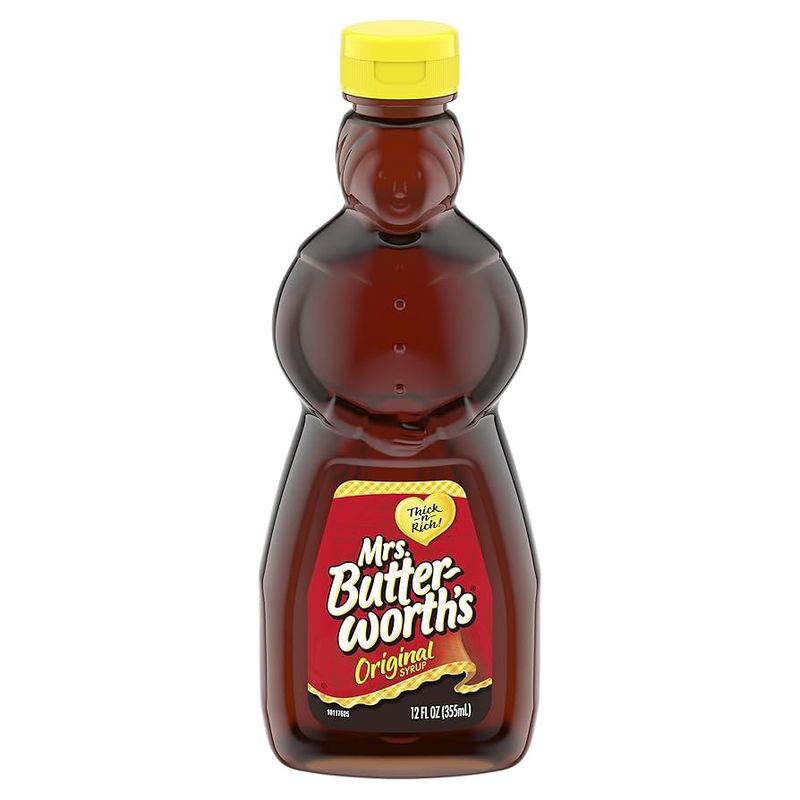
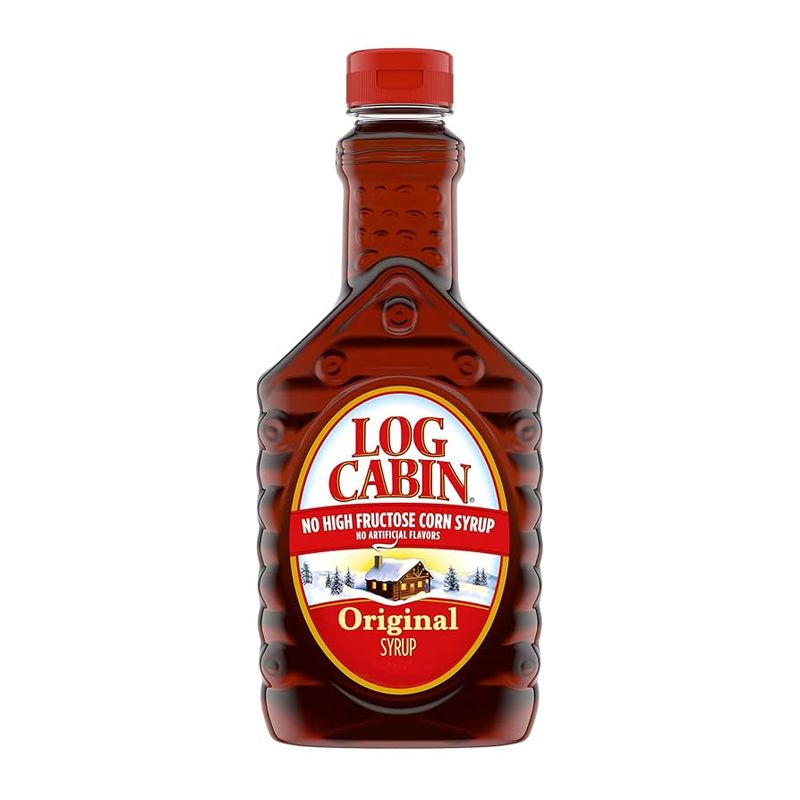
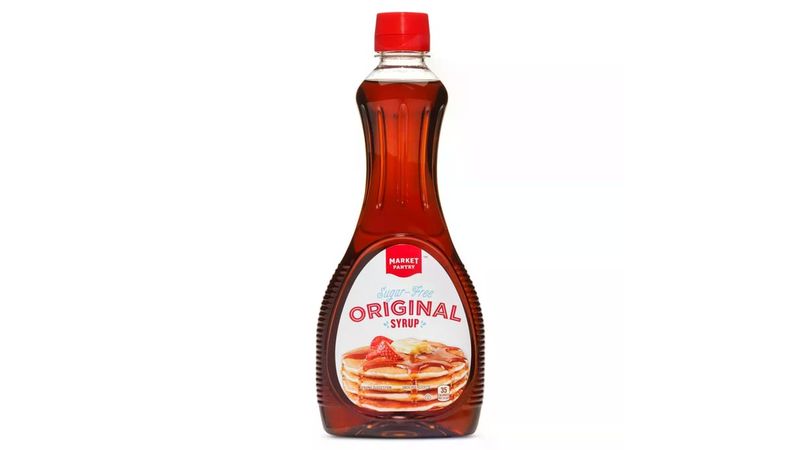
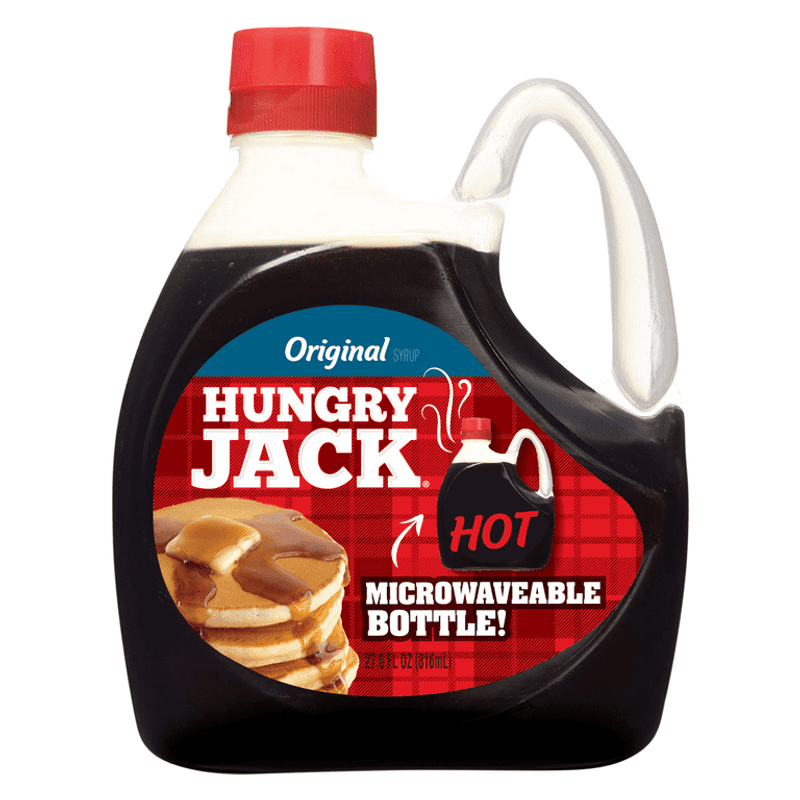
Leave a comment